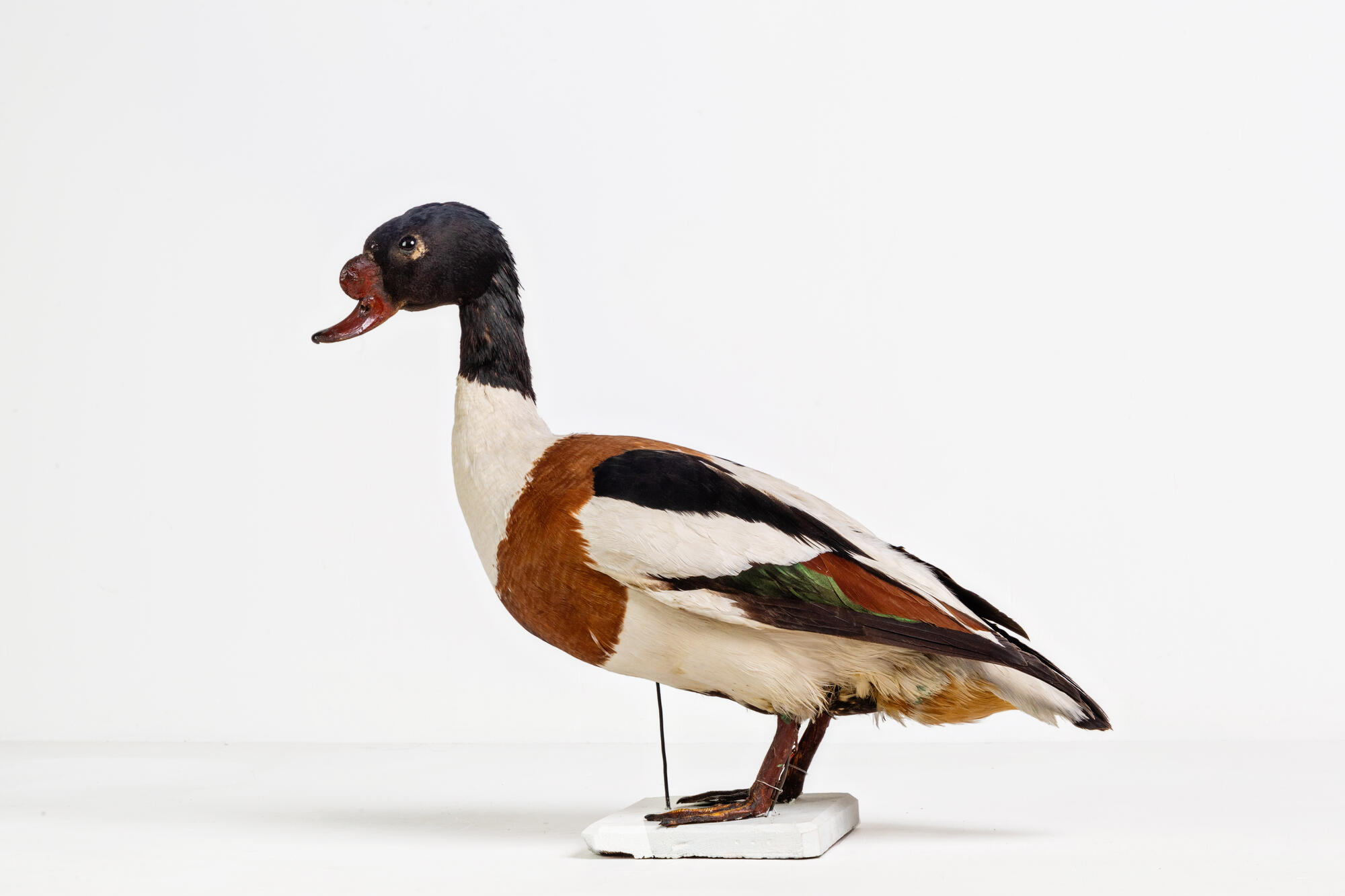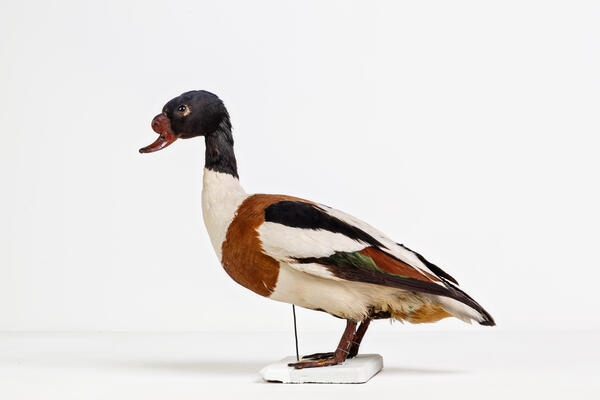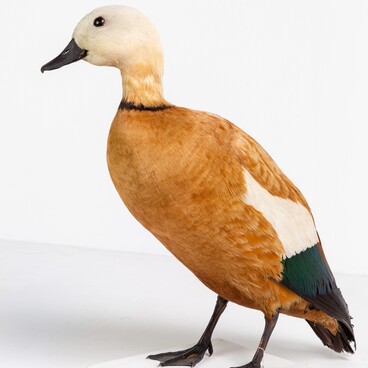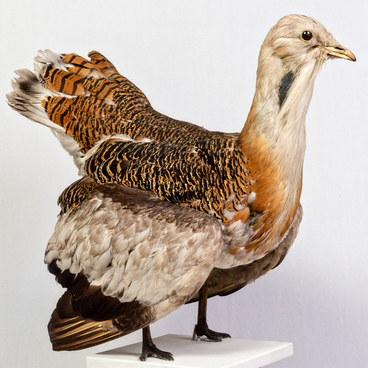In the taxonomy, shelduck occupy an intermediate position between geese and ducks, and the appearance and behavior resemble both of these groups of birds. Shelduck are considered very ancient and primitive form of ducks. The first description of shelduck was made by the Swedish naturalist Carl Linnaeus in 1758.
The common name of shelduck and similar ruddy shelduck, the so-called ‘earth ducks’, arose in connection with their tendency to nest in burrows, earthen niches, and rock crevices. In total, there are only 3 species of these birds in the world, namely: the common shelduck, the radjah shelduck, and the crested shelduck, while the latter is most likely already extinct.
Shelduck live in salty and slightly salty waters, such as river mouths and sea coasts. In the interior, they settle along the shores of lakes, most often salt - water, and less often - fresh.
Shelduck spend a lot of time on the shore. They move easily and quickly on the ground, unlike most ducks, and can even run. Their torso is held horizontally. The basis of the shelduck’s diet is animal feed, such as small crustaceans, mollusks, aquatic insects, and their larvae, sometimes small fish. The feed composition may vary depending on the habitat area.
The flight is direct, slower than that of other ducks, with occasional wing flaps. A flock of shelduck is usually held in a wedge or an expanded front. These birds are good swimmers, but they hardly dive, except for chicks or injured birds.
Shelduck live up to 15 years. In nature, their enemies are foxes, jackals, minks, otters, and wild cats, which hunt both adult birds and young ones. Kites, harriers, and hawks threaten shelduck in the sky. For small chicks, gulls and crows can be dangerous.
The shelduck is a “talkative” bird, with vocalization noticeably different in females and males. In spring, the cock-duck makes a high-pitched whistle, often on the fly in pursuit of the female. Another characteristic cry of the male is a muffled two-syllable “ga-ga” repeated several times. The female has a low, muffled quack made repeatedly, including in the air. In this case, the female can utter up to 12 syllables (“ga-ga”) per second, which creates a trill effect. The disturbed female shouts its “ga-ga” loudly and uproariously.
Shelduck live in salty and slightly salty waters, such as river mouths and sea coasts. In the interior, they settle along the shores of lakes, most often salt - water, and less often - fresh.
Shelduck spend a lot of time on the shore. They move easily and quickly on the ground, unlike most ducks, and can even run. Their torso is held horizontally. The basis of the shelduck’s diet is animal feed, such as small crustaceans, mollusks, aquatic insects, and their larvae, sometimes small fish. The feed composition may vary depending on the habitat area.
The flight is direct, slower than that of other ducks, with occasional wing flaps. A flock of shelduck is usually held in a wedge or an expanded front. These birds are good swimmers, but they hardly dive, except for chicks or injured birds.
Shelduck live up to 15 years. In nature, their enemies are foxes, jackals, minks, otters, and wild cats, which hunt both adult birds and young ones. Kites, harriers, and hawks threaten shelduck in the sky. For small chicks, gulls and crows can be dangerous.
The shelduck is a “talkative” bird, with vocalization noticeably different in females and males. In spring, the cock-duck makes a high-pitched whistle, often on the fly in pursuit of the female. Another characteristic cry of the male is a muffled two-syllable “ga-ga” repeated several times. The female has a low, muffled quack made repeatedly, including in the air. In this case, the female can utter up to 12 syllables (“ga-ga”) per second, which creates a trill effect. The disturbed female shouts its “ga-ga” loudly and uproariously.



